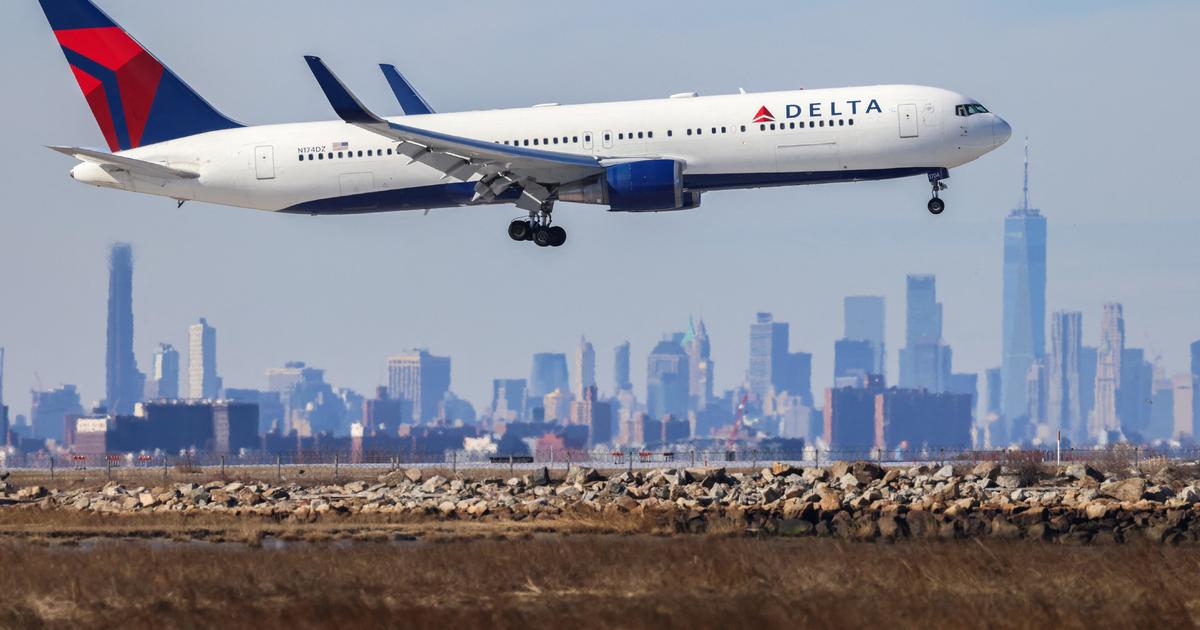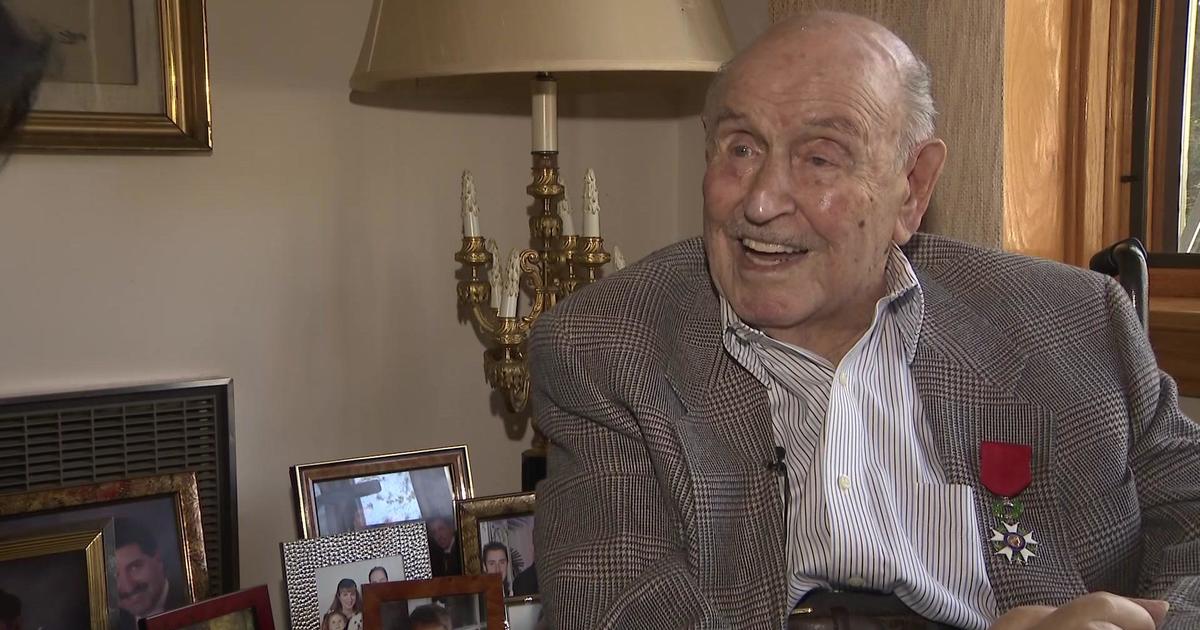Snapshot NY: How Charles Dickens Changed The Narrative For Christmas With 'A Christmas Carol'
NEW YORK (CBSNewYork) -- "A Christmas Carol" is a holiday classic that was written nearly 200 years ago, but did you know it inspired some traditions we still have today?
Author Charles Dickens has a unique relationship with New York City, and that's the focus of this week's Snapshot New York with Steve Overmyer.
John Kevin Jones at the Merchant's House Museum is tuning up for a day that's finally arrived -- the return of his "Christmas Carol" performance.
"It's a lot more emotional than I thought it was going to be coming back. It's been two years and this story means so much to me," Jones said. "I have been personally changed by this story and I would never have thought that that would happen to me."
The return engagement is a sold-out show.
His stage was built in 1832. It's the Merchant's House -- not only the oldest home in Manhattan, it's also the most haunted, a perfect location to retell a ghost story.
Surrounded by history, he brings to life a novel that changed history.
Christmas is known for timeless traditions, but until "A Christmas Carol" was released, decorating trees was out of fashion and so was caroling.
Before this masterpiece, nobody sent out Christmas cards. In fact, Christmas was considered a pagan holiday filled with revelry and inebriation.
While Dickens didn't create Christmas, he changed the narrative by popularizing empathy for those less fortunate and spending the time with family -- or what we know as the holiday spirit.
"It took Charles Dickens to come forward and say, 'Maybe I can use my art to change what I see and what my world has become,'" Jones said.
Ebenezer Scrooge is literature's most famous moneygrubber.
Dickens weaves a tale of the meanest person alive finding his heart. Turns out, Dickens' real life Scrooge might've been America.
Dickens was a superstar author, but in 1843, America didn't have copywrite laws, so any publishing house could reprint Dickens with no benefit to him. He had to make his money from America by going on tour doing readings in New York. Dickens made 19,000 pounds in three months. In today's money, that's $4.4 million -- more than he made in his lifetime. Along the way, he impacted famous Americans.
"That was where Edgar Allen Poe met Charles Dickens' raven," Jones said.
"Wait, Poe's raven is about Dickens' raven?" Overmyer asked.
"Well that was, he met this raven and that is what inspired him ... Prior to the raven, he'd been writing a poem about a peacock," Jones said.
"It would have a different feel if a peacock were saying 'nevermore,'" Overmyer said.
Like Dickens, Jones plays every role in his performance.
"It means so much to me to be able to spread this cheer and this good word and to try to affect people's lives in some way as Charles Dickens has tried to do with his work," Jones said. "It just fills me with pride."
It's a story that rekindles the spirit of childhood joy, even in the most jaded, reminding us to get in touch with our goodwill. It's a gift Dickens gives us from Christmas past.




